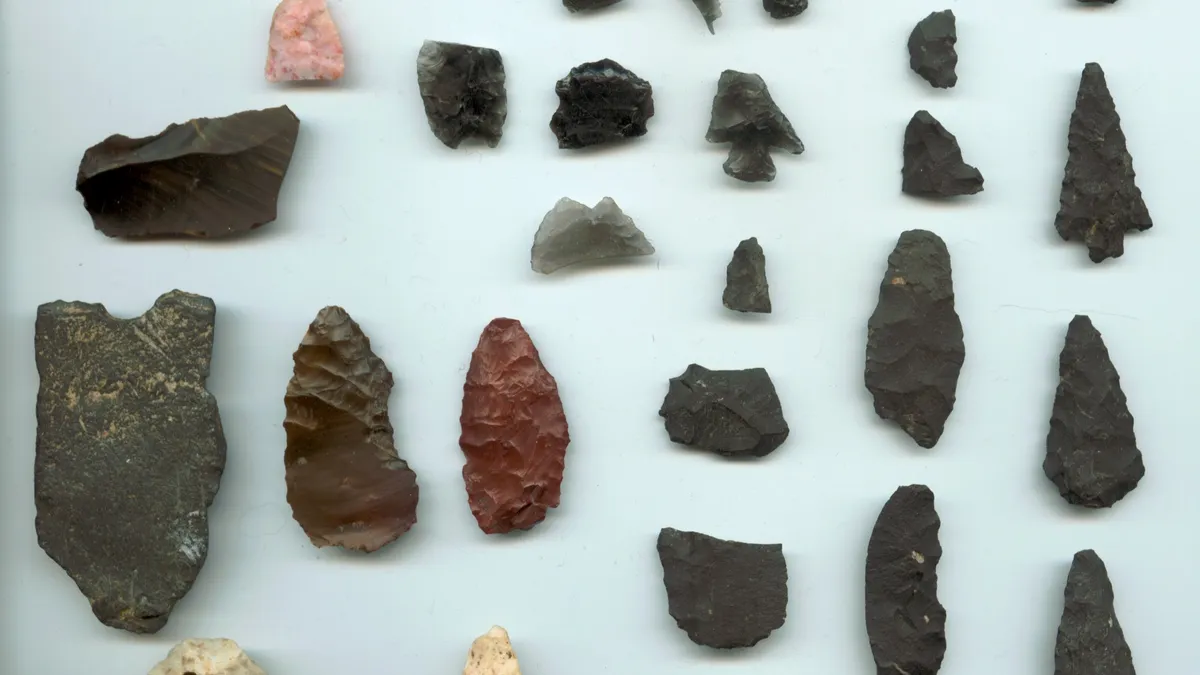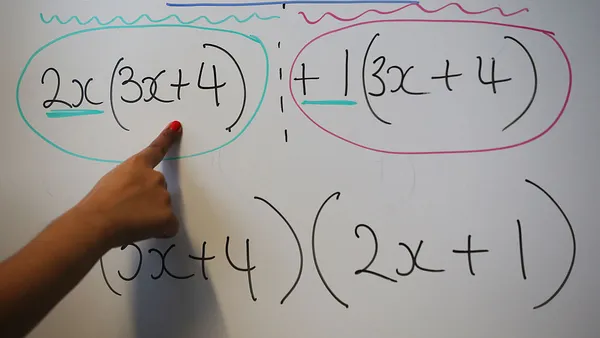Dive Brief:
- The Arkansas Declaration of Learning lets educators work with historic objects and art for year-long lesson plans, according to Arkansas Online.
- Social studies, English language arts and arts educators who teach 6th through 12th grade are chosen each year, and more than 110 teachers have taken part in the program, with more than 6,000 students involved.
- Organizations that take part include the Crystal Bridges Museum of American Art, the William J. Clinton Presidential Library and Museum, and the Central Arkansas Library System’s Butler Center for Arkansas Studies.
Dive Insight:
Educators are often looking to amp up their art, history and social studies classes. Virtual reality can certainly beam students into locations and historic times that can’t be visited due to funding constraints — or the laws of physics.
But partnering with cultural institutions also opens the door to bringing actual physical artifacts and pieces of art into a classroom, allowing children to hold something that comes from other time — about as close to time travel as we can approach today.
These programs are studded across the country, from organizations as rich as the Natural History Museum in Los Angeles to the Carnegie Museum of Natural History in Pittsburgh, Pennsylvania. Educators are allowed to check out objects — like a library loan — for up to an entire school year, which can include ceremonial artifacts and even ancient musical instruments. Some organizations require that educators apply almost a full school year in advance. Still, for the opportunity to get students time with a stone axe head — that bit of planning is likely worth the effort.







 Dive Awards
Dive Awards







